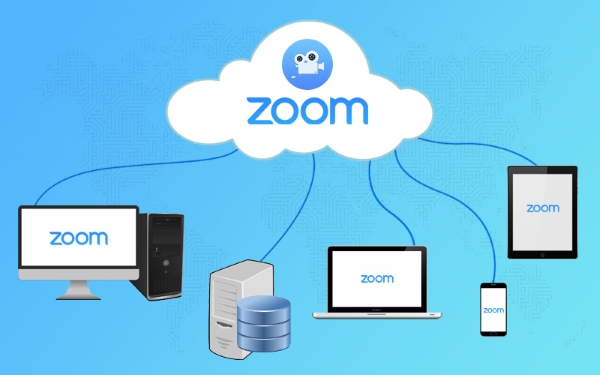
In today’s digital age, Zoom has become an indispensable tool for remote communication, offering a platform for meetings, webinars, and virtual gatherings. One of the most valuable features of Zoom is its ability to record sessions for later review or for those who couldn’t attend live. But once the meeting ends, a common question arises: “Where do Zoom recordings go?” This article delves into the intricacies of Zoom recordings, ensuring you never lose track of your important meetings again.
Understanding Zoom Recordings
Zoom offers two primary methods for saving recordings: locally on your device or in the Zoom Cloud. Each method has its advantages and specific access paths.
1. Zoom Cloud Recordings
For those with a paid Zoom account, cloud recordings are a convenient option, automatically saving your meetings on Zoom’s servers. This method is particularly beneficial for users who prioritize ease of access and sharing over storage concerns.
Pros:
- Easily accessible from any device with internet access.
- Simplifies the sharing process with colleagues and participants.
Cons:
- Requires a paid subscription.
- Limited storage space, with additional costs for extra space.
2. Local Recordings
Free Zoom users, or those who prefer keeping their data close, can opt for local recordings. These files are saved directly to your computer’s storage.
Pros:
- No need for a paid subscription.
- Full control over your recording files.
Cons:
- Takes up space on your device.
- Sharing requires additional steps, such as uploading to a cloud storage service.
Accessing Your Zoom Recordings
Finding Cloud Recordings:
- Via Email: Zoom sends an email with a link to the recording once it’s processed.
- Through Zoom Account: Log into your Zoom account, navigate to the “Recordings” section, and select “Cloud Recordings.”
Finding Local Recordings:
- Via Zoom Desktop App: Open the app, click on “Meetings,” then “Recorded” to see a list of local recordings.
- Directly on Your Device: Navigate to the Documents folder, then to the Zoom folder to find the recordings.
Changing Recording Locations
Zoom allows users to customize where their recordings are saved. For cloud recordings, this option is tied to your account settings. For local recordings, you can specify a different folder through the Zoom app settings.
Zoom Recordings on Mobile Devices
Recording on mobile devices is automatically saved to the Zoom Cloud, given that local recording is not available on these platforms. Access these recordings by logging into your Zoom account on any device.
FAQs
Q1: How do I share a Zoom recording?
A1: For cloud recordings, share the link provided by Zoom. For local recordings, upload the file to a cloud storage service and share the link.
Q2: Can I edit a Zoom recording?
A2: Yes, but you’ll need to use third-party video editing software. Zoom does not offer built-in editing tools for recordings.
Q3: How long does Zoom keep my recordings?
A3: For cloud recordings, the retention period depends on your subscription plan and settings. Local recordings remain on your device until you decide to delete them.
Q4: What happens if I run out of storage space for cloud recordings?
A4: Zoom will notify you when you’re approaching your storage limit, giving you the option to upgrade your plan or delete older recordings to make space.
Conclusion
Understanding where your Zoom recordings go and how to access them is crucial for effectively managing your digital meetings. Whether you prefer the convenience of cloud storage or the control of local storage, Zoom offers flexible options to suit your needs. By following the guidelines outlined in this article, you’ll ensure that your valuable meeting content is always within reach.
Remember, whether it’s for review, compliance, or sharing knowledge, keeping track of your Zoom recordings is a step towards more productive and organized digital communication.